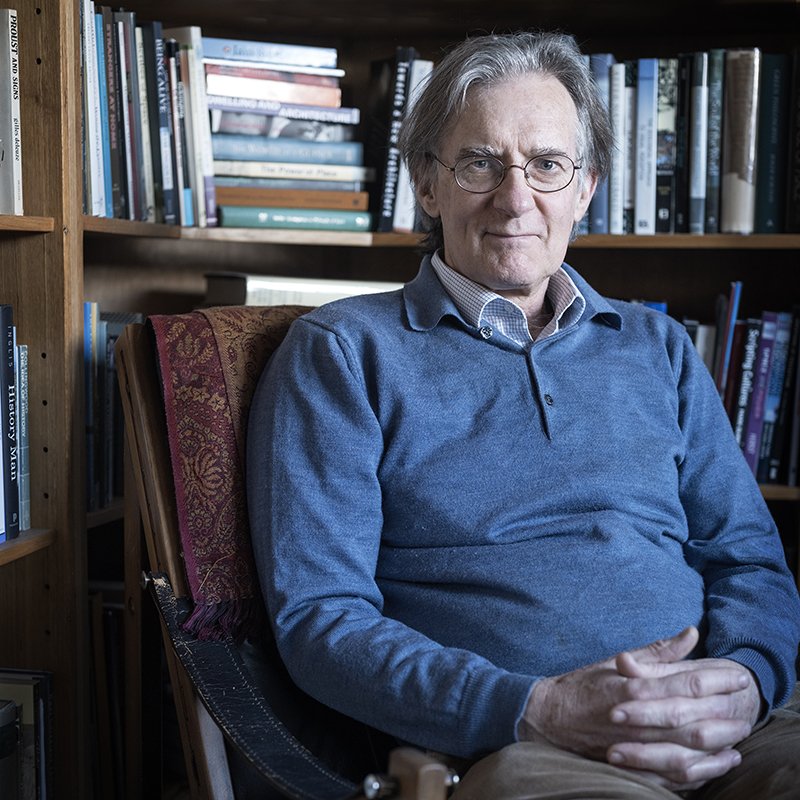Episode 2: Jeff Malpas thinking on thinking
Season 2: Tasmania
Episode 2: Jeff Malpas thinking on thinking
We are talking with one of the world leading philosophers on place Jeff Malpas in his study overlooking the Tasman Sea. This is an episode where we are thinking on thinking. We question where and how one can do their best thinking, the roles of centre and periphery in the evolution of ideas, how the zeitgeist actually works, and the highly influential role our childhood has on how we think as adults.
On our instagram page @artdestinations.podcast, you can see examples of key sites around the world Jeff has visited that has inspired some of the most profound thinkers.
BIOGRAPHY
Jeff Malpas is an Australian philosopher and is currently Emeritus Distinguished Professor at the University of Tasmania in Hobart and Honorary Professor at LaTrobe University and University of Queensland. He is a Fellow of the Australian Academy of Humanities and a Distinguished Fellow of the Australian Association of von Humboldt Fellows.
Originally trained in philosophy and history at the Australian National University and the University of Auckland, his work has expanded over the last forty years to engage with a wide range of topics and disciplines, not only architecture, but also visual art, geography, literature, medicine, music, politics, sociology, and urban planning. He has worked with architects and designers at several universities in Australia and around the world, and was previously adjunct professor in architecture and design at RMIT University in Melbourne and Professor of Philosophy in Architecture in the School of Architecture and Design at the University of Tasmania.
At the centre of much of his work is a concern with questions of place and space (an obvious point of contact with architecture), as well as set of related issues concerning self, language, and the ethical. His approach is one that he describes as ‘topological’ or ‘topographic’ in character and is also heavily influenced by twentieth-century hermeneutical thinking.
He is the author or editor of some 30 books, and has published over 150 articles in scholarly books and journals. Among his best-known works is Place and Experience: A Philosophical Topography (Routledge, 2018), described by Alberto Pérez-Gómez of McGill University as “a crucial contribution to our understanding of the deep connections between place and all things human. Transcending disciplinary boundaries, Place and Experience offers valuable lessons for architects, urban and environmental designers, and all those willing to challenge the seeming inevitability of homogeneous space and placelessness brought about by our technological civilization’. His most recent publication is In the Brightness of Place: Topological Thinking in and after Heidegger (SUNY Press, 2022).

